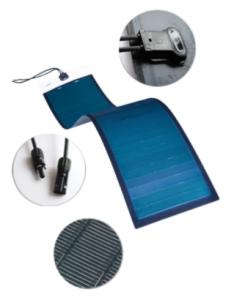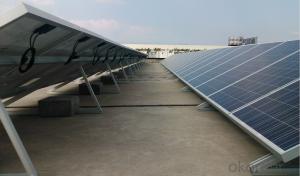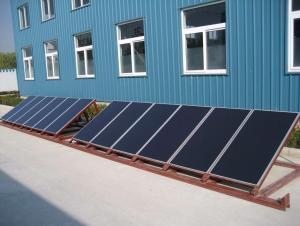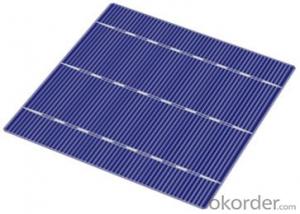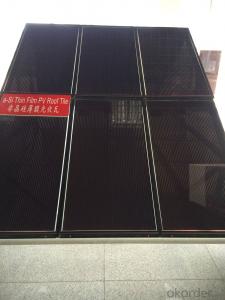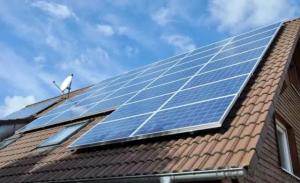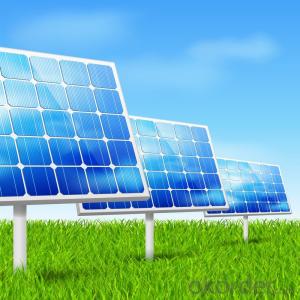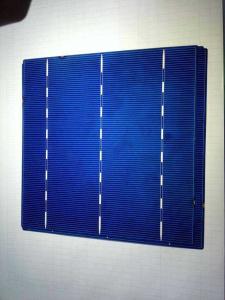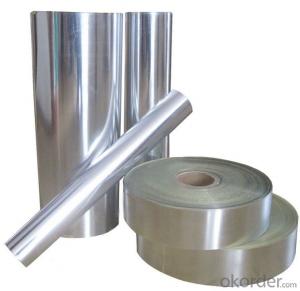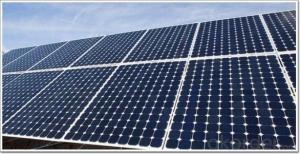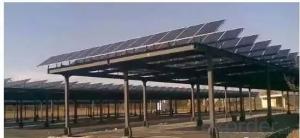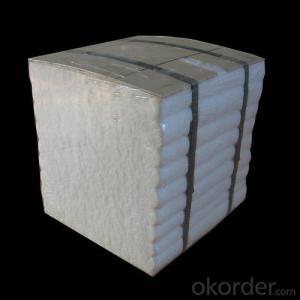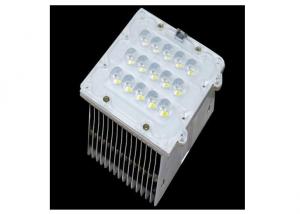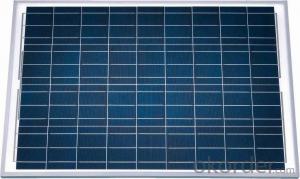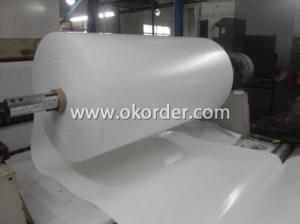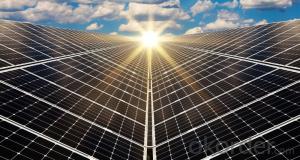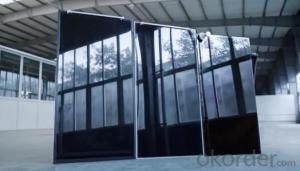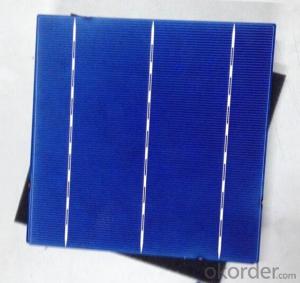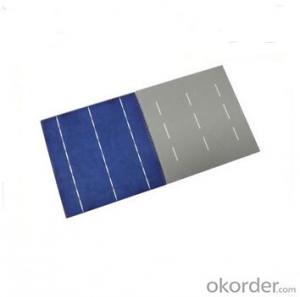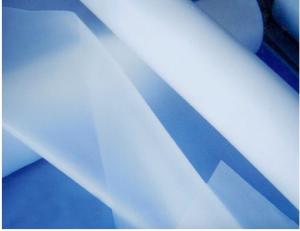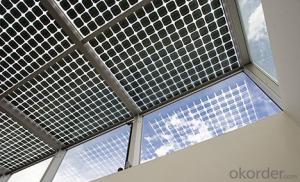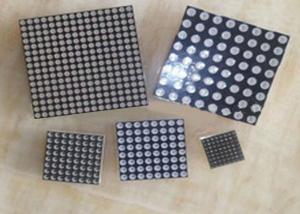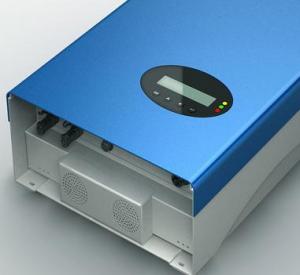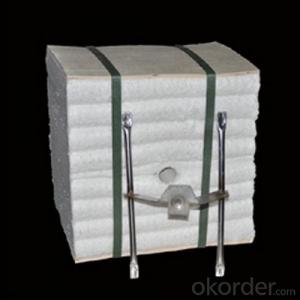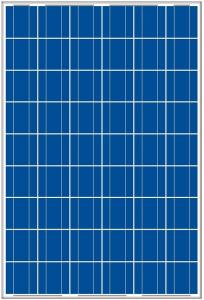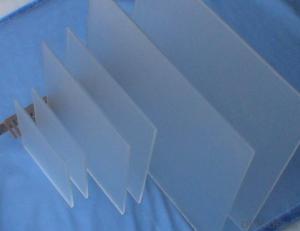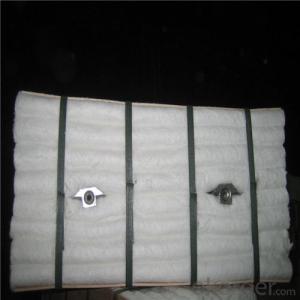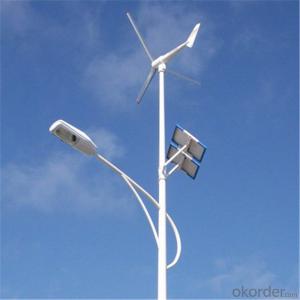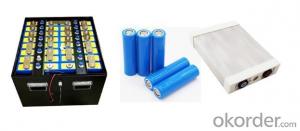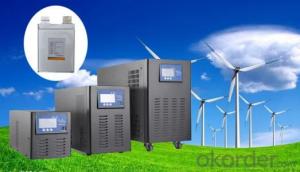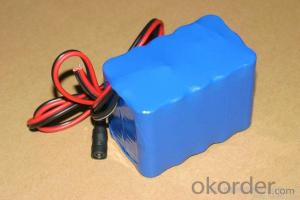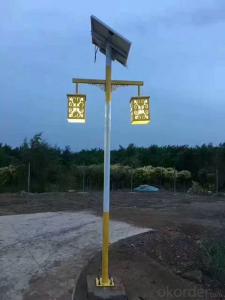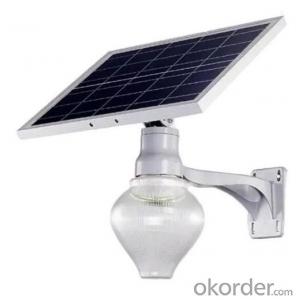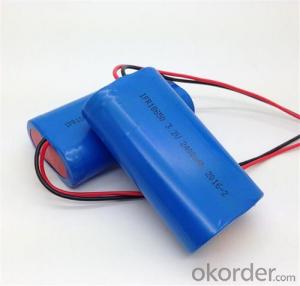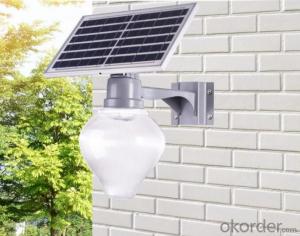Thin Film Solar Module
Thin Film Solar Module Related Searches
Buy Thin Film Solar Cells Flexible Thin Film Solar Cells Cdte Thin Film Solar Cells Czts Thin Film Solar Cells Solar Module Cigs Thin Film Solar Cells Solar Photovoltaic Module Solar Thermal Module Module Solar Solar Light Module Mini Solar Module Solar Power Module Solar Cell Module Solar Module System Smart Module Solar Solar Sound Module Solar Battery Module Solar Air Module Solar Energy Module Solar Led Module Solar Panel Module Solar Module Factory Mini Solar Panel Module Solar Hybrid Module Solar System Module Vikram Solar Module Module Solar Panel Jinko Solar Module Solar Module Lamination Solar Power Bank ModuleThin Film Solar Module Supplier & Manufacturer from China
Thin Film Solar Modules are a type of photovoltaic technology that utilizes a thin layer of photovoltaic material to convert sunlight into electricity. These modules are known for their flexibility, lightweight, and ability to be integrated into various surfaces, making them a popular choice for a wide range of applications.Thin Film Solar Modules are widely used in various scenarios, including residential rooftops, commercial buildings, and large-scale solar power plants. They are particularly advantageous in urban environments where space is limited, as they can be easily installed on rooftops or facades of buildings without taking up much space. Additionally, their flexibility allows for the creation of custom designs, making them suitable for architectural integration and aesthetic purposes.
Okorder.com is a leading wholesale supplier of Thin Film Solar Modules, offering a vast inventory to cater to the diverse needs of customers worldwide. With a strong commitment to quality and customer satisfaction, Okorder.com ensures that the Thin Film Solar Modules they provide are of the highest standard, meeting the requirements of various industries and applications.
Hot Products
